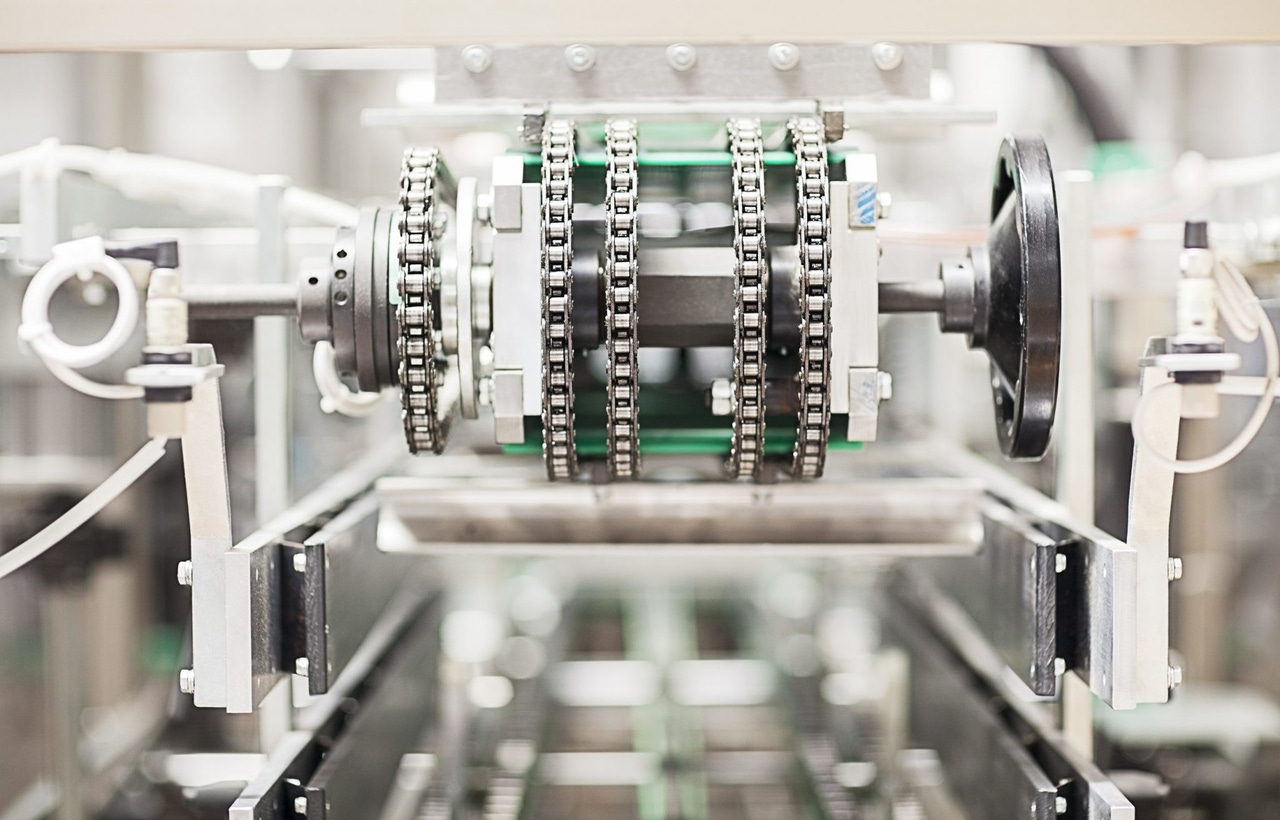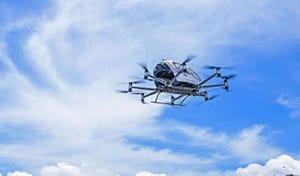‘Welcome To The Future:' Manufacturing’s New Theme Song?
October 25, 2016

Sponsored Content
Rapid technological change is a topic that even pops up in country music, such as Brad Paisley’s song “Welcome to the Future.” It provides a motto for the transformation of manufacturing change in a time when the Internet of Things (IoT) connects machines and buildings as well as people.
In a recent episode of her radio talk show Coffee Break with Game Changers, Bonnie D. Graham opened with the song, which contains the refrain “Hey, every day’s a revolution. Welcome to the future.”
In the episode, Graham interviewed three top executives in the field of industrial machinery and components (IM&C). She asked about changes in global manufacturing caused by the fourth Industrial Revolution. Listen to podcast 1 and podcast 2 to learn more.
Graham said that collaborative robotics – the field of machine-to-machine communication – is one of the major changes created by this digital transformation of manufacturing.
About the four Industrial Revolutions
Water and steam power mechanized production during the first Industrial Revolution. Electricity powered the second. The third Industrial Revolution began in the 1960s, when digital innovators developed information technology and used electronics to automate production.
The fourth Revolution is a whirlwind of digital change building on the third. It involves the Internet of Things. The IoT connects a broad array of objects to the Internet and makes machine-to-machine (M2M) communication possible. The IoT helps create a broad ecoweb of productivity in manufacturing.
Graham interviewed Sean Molloy of itelligence, Jason Coffman of Deloitte Consulting, and me about how rapid digital change is affecting manufacturing worldwide.
Here are some of the points we covered.
IoT improvement of margin
Sean Molloy is the IM&C Industry Solution principal for the company itelligence. He noted that digital changes in manufacturing are transforming ordinary objects into high-value products when connected to the Internet. He said there is opportunity to reap rewards by transforming common items into IoT objects.
Automobile radios are a good example, Molloy said. He explained that the first auto manufacturers to link radios to Bluetooth technology were able to charge a premium price. The Bluetooth technology allowed drivers to talk hands-free on smartphones, listen to driving directions, and stream music.
Molloy said that manufacturers need to move quickly when they see such an opportunity. Value and profit margins decrease “as a product matures in the marketplace.”
He added that many manufacturers continue to pursue profit through sales volumes on standard objects. Instead they should be connecting the objects to the Internet for greater profit.
Social media and manufacturing
In my comments, I emphasized the importance for manufacturers of taking social media seriously.
Few manufacturers or their customers knew much about interacting on social media eight years ago. Yet, today most of them are very social savvy.
The information customers share via social media gives companies data similar to that of a feedback group. Product improvement happens quickly if companies pay attention to this data when it is fresh.
Broad picture of connectedness
Jason Coffman is the manufacturing principal for Deloitte Consulting. He added to the conversation about product improvement through connection to the IoT. Coffman called the IoT web of devices the “broader picture” of digital connectedness.
Coffman said manufacturers do need to add digital improvements to products. Manufacturers also should communicate with customers and manufacturers via social media. And they need to ask themselves how digital change can improve business-to-business interactions.
General Electric’s Power-by-the-Hour jet engine program is a good example, he said. It sorts “massive amounts of data” rapidly to provide better service to B2B customers, Coffman added.
Fine tuning industrial robots
I expanded the discussion to the M2M capabilities of IoT devices, responding to Graham’s question about how industrial pump makers are using IoT sensors.
While water pump guys are really on the forefront of this kind of connectivity, changes in robotics are a very profound change. Industrial robots have traditionally been locked in cages, because people who entered their space could be harmed.
However, advancements in the use of sensors have enabled industrial robots to sense people approaching them. The robots slow down and completely stop. This allows robots to work with ease in the same manufacturing line as people.
The IoT has taken M2M one step further by creating machine-to-human responses.
Cybersecurity and information overload
We concluded the interview by all discussing the need to improve the security of Internet-enabled factories and the challenge of coping with Big Data overload. Companies are gathering data about the manufacturing process, customer needs, and security protocols.
Molloy said that the cybersecurity industry is maturing along with digital changes in manufacturing. “I think,” he said, “at the end of the day, we are going to be able to transact in a fairly safe world and be very successful with the Internet of Things.”
I noted that the cybersecurity industry is expected to grow to a $2 billion market within four years. People realize there is an opportunity to make some money, to be good at it, and also just to protect the greater good if you will.
Of course, all this data gathering increases information overload. This overload will make manufacturers need statisticians more than ever. It’s an old field that is updating and moving into new prominence.
Statisticians will become data scientists, Coffman concluded. These scientists will give manufacturers advanced analytics explaining connected interactions of machines. Manufacturers also will be able to see what is shaping customer behavior. Then they can make products and services for consumers and help workers in “running their shop floor.”
This blog appeared originally on http://www.digitalistmag.com/
David Parrish

About David Parrish
David Parrish is the senior global director of Industrial Machinery & Components Solutions Marketing for SAP. Before joining SAP, he held various product and industry marketing positions with J.D. Edwards, PeopleSoft, and QAD going back to 1999.
You May Also Like






